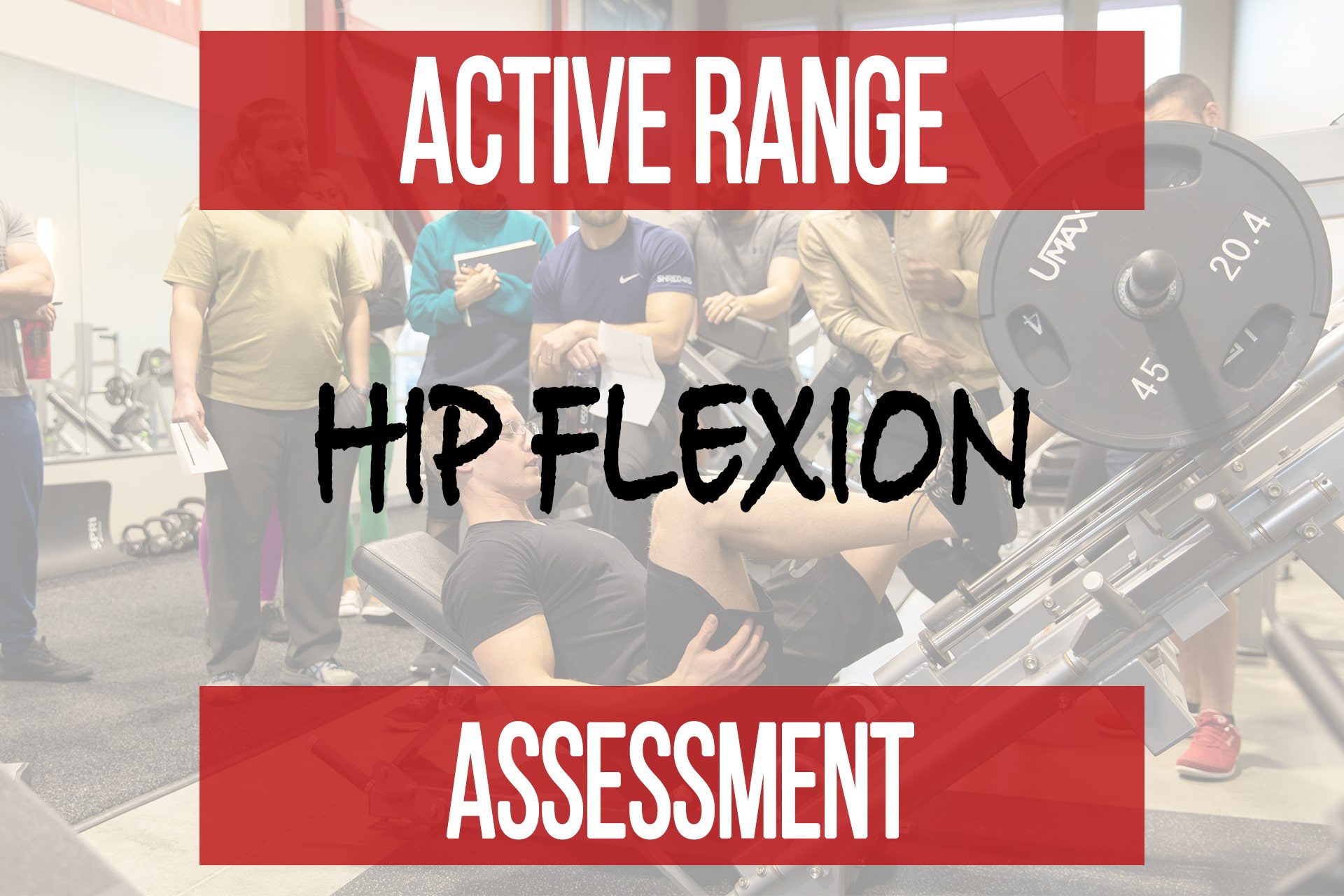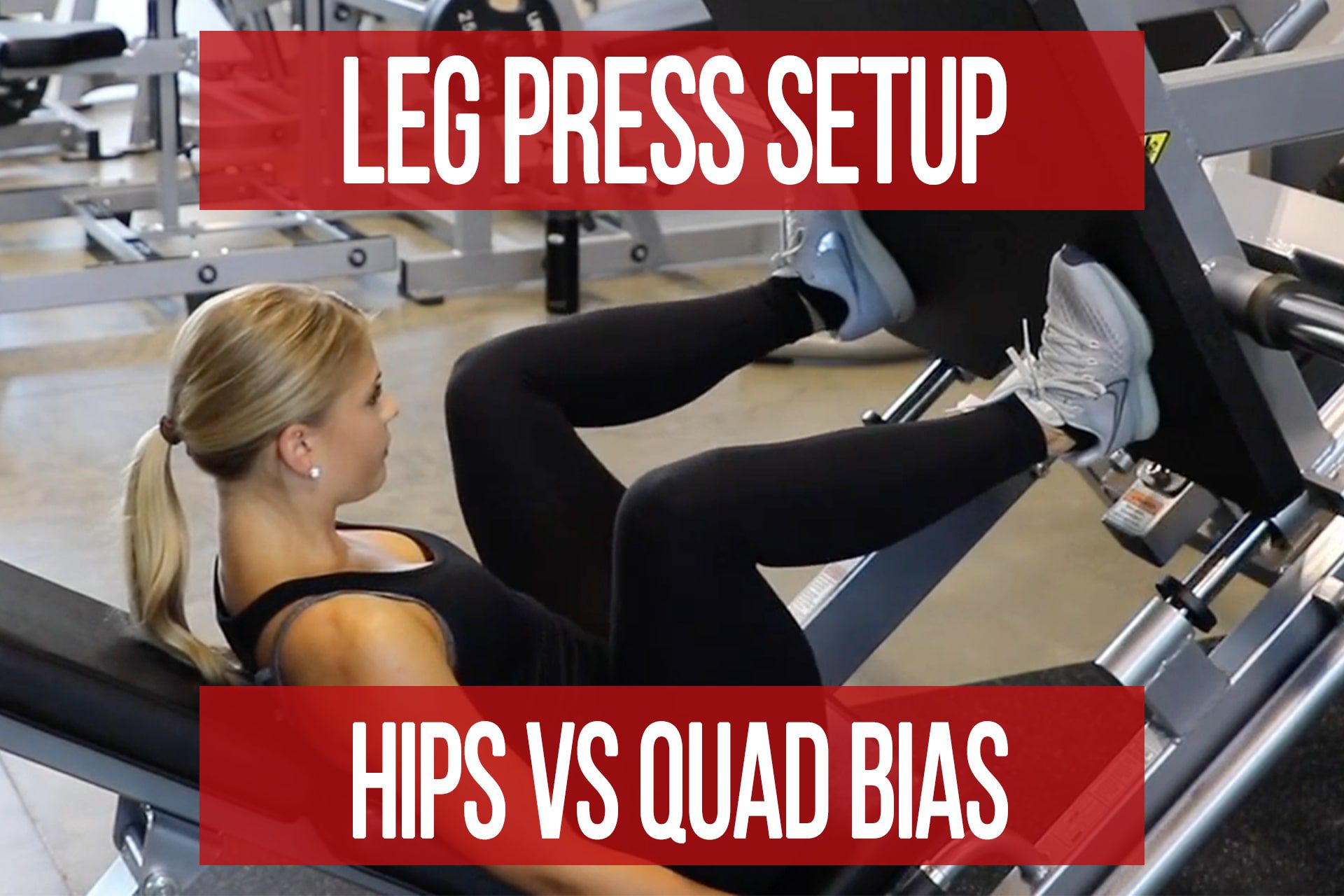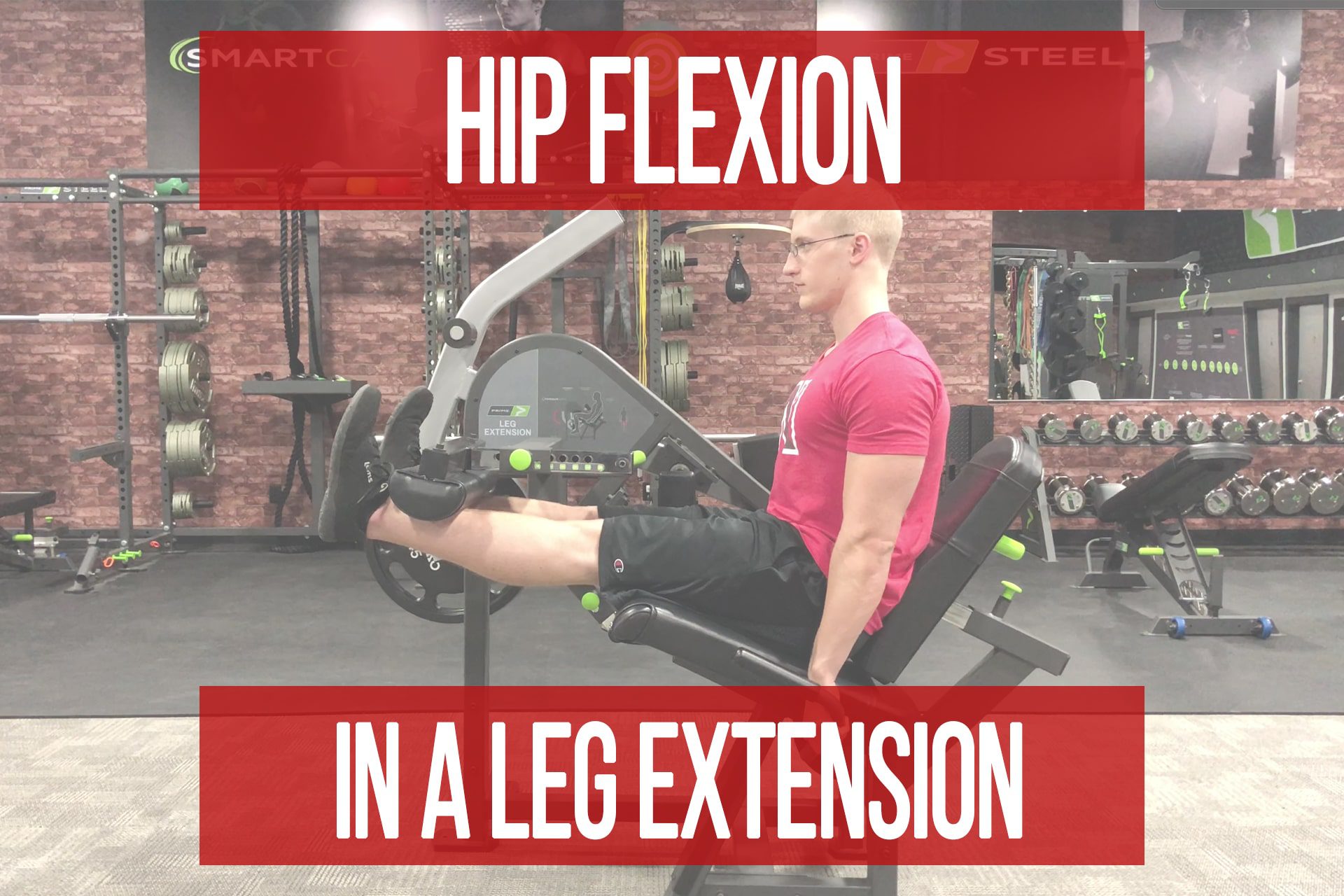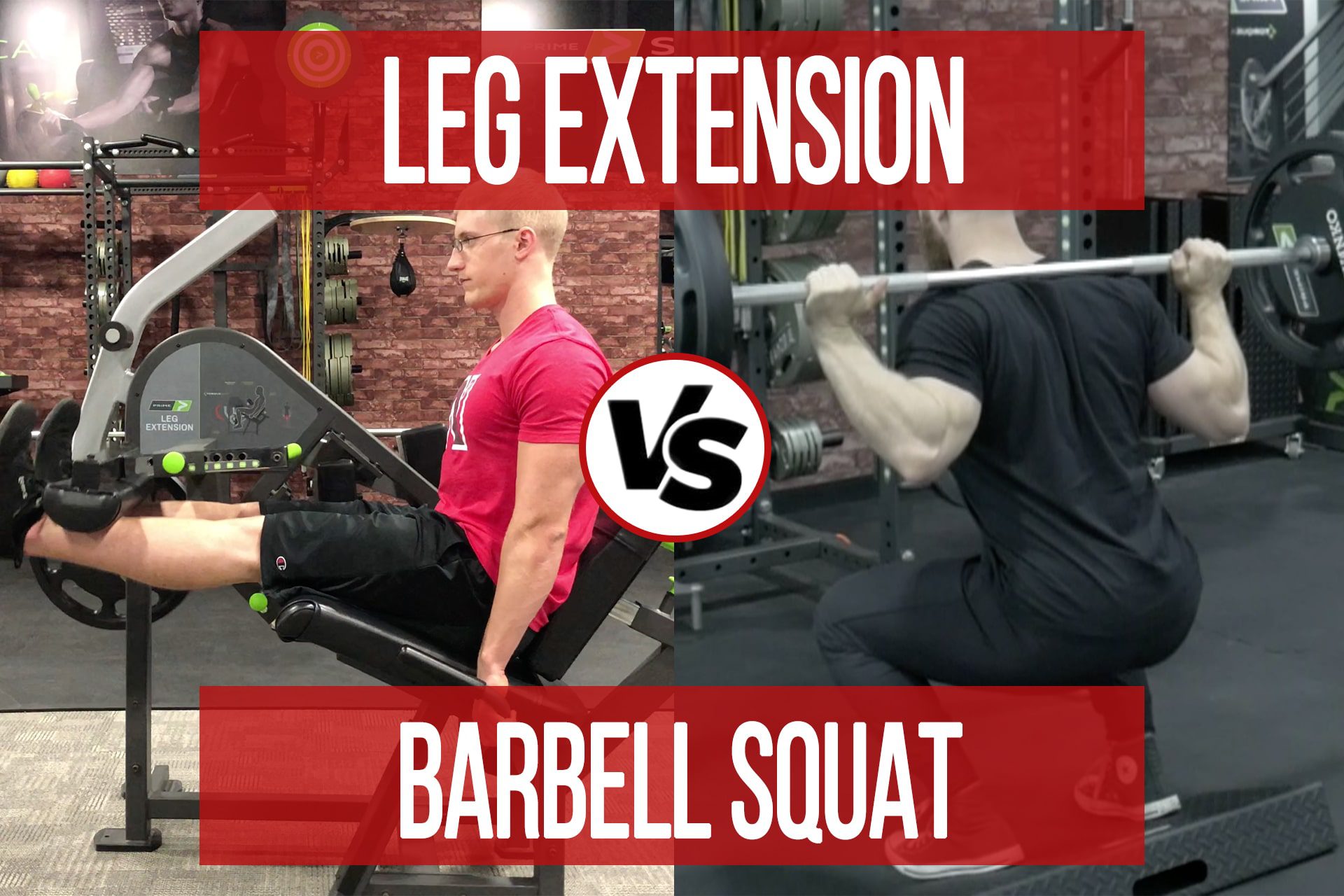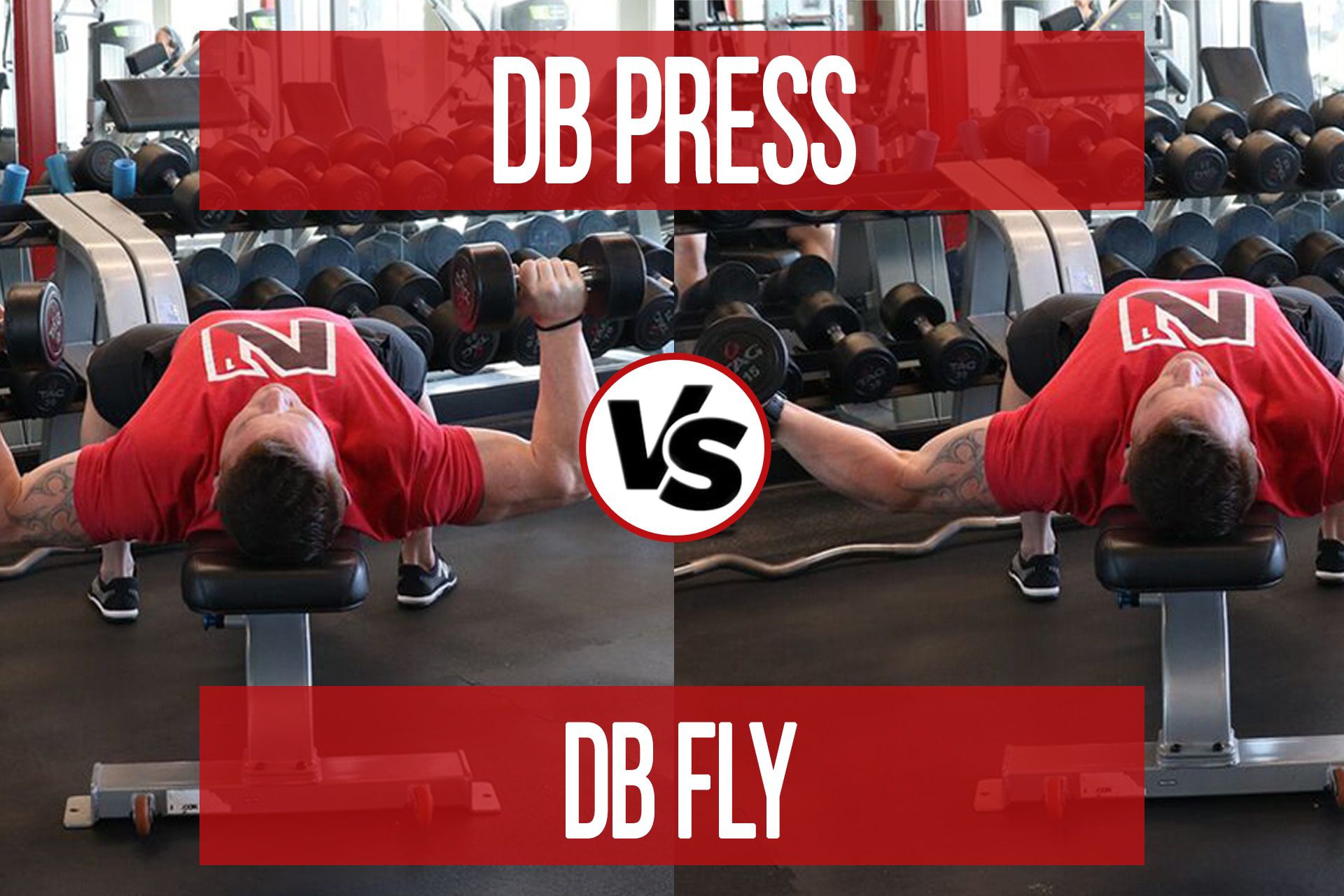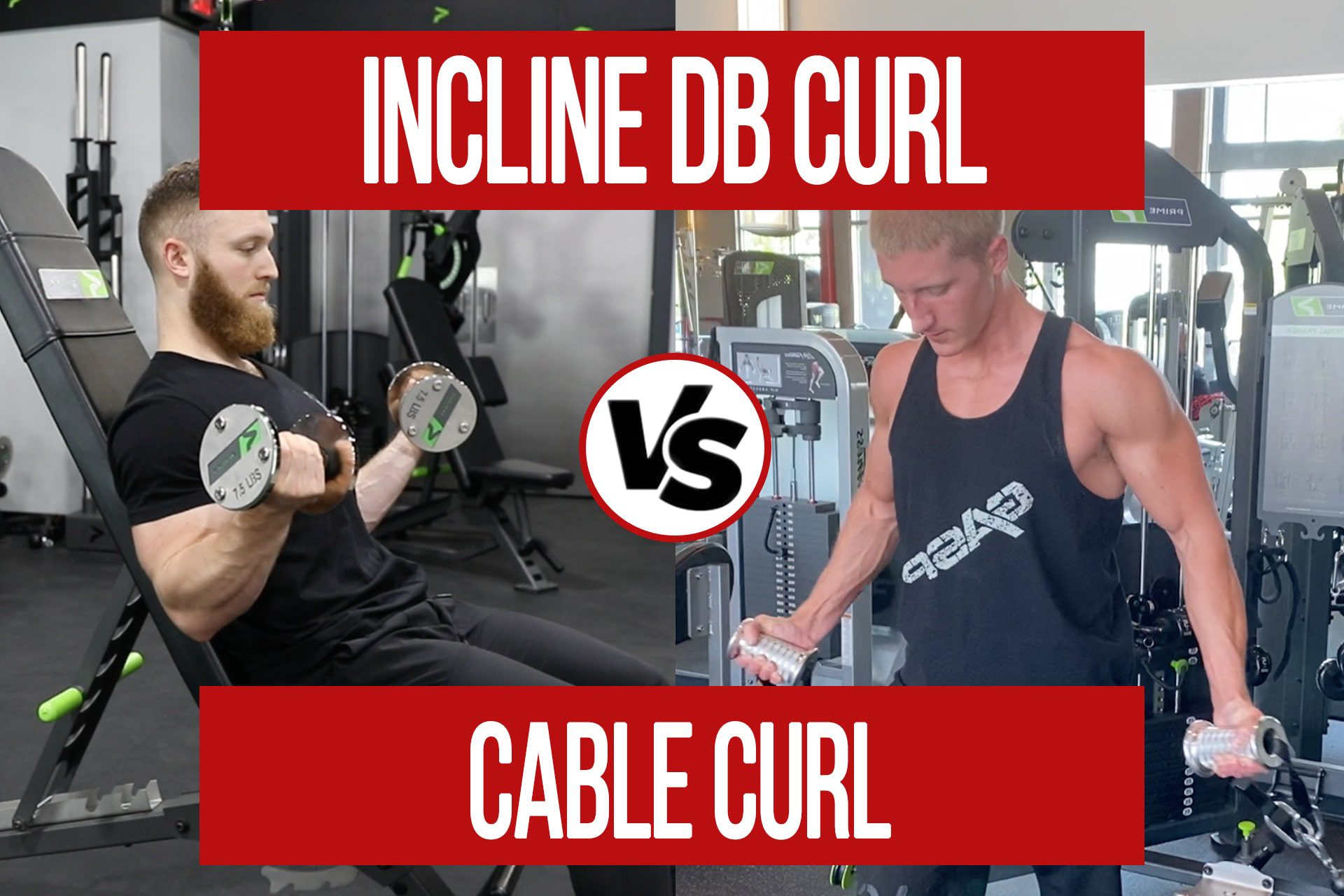Leg Extension VS Leg Press
n1 training
Leg Extension VS Leg Press
Both the leg extension and leg press can train the quads and get to a position of knee extension and hip flexion. That is where the similarity ends. Keep these points in mind when incorporating either of these into your program.
Resistance Profile
Leg Press
The exercise itself is overloaded in the lengthened position. However, it overloads the quads in a mid-range position because you do not reach full knee flexion. The glutes on the other hand (and adductors depending on how you set up and execute the movement) are overloaded in the lengthened position, which is something to consider when programming your workouts as we’ll touch on in a minute.
The leg press only loads the quads through a small range of motion. There is virtually no tension at the top since the joints are stacked and you won’t reach a fully lengthened quad in a leg press as you’ll either be limited by dorsiflexion (ankle mobility) and/or hip flexion before you get there.
Leg Extension
The resistance profile greatly depends on the machine. Specifically the shape of the cam. Ideally, if we have a leg extension that does not allow us to adjust the resistance profile like the Prime Fitness line, we would want this exercise to be most challenging at the top. The leg extension is the one exercise that allows us to load all the muscles of the quads in their shortened position.
The leg extension can load the quads through a bit greater range of motion than a leg press. While you may not reach full knee flexion here either, you and have significant resistance through the majority of the range, especially in the short position that is neglected by almost every other quad exercise.
Stability & ROM
Leg Press
While both exercises are technically very stable, the main difference in stability as it relates to training the quads is the knee. In the leg press the calves can engage and contract against the foot plate. This allows the gastrocnemius calf muscle to stabilize the knee in a flexed position.
The primary concern for injury in the leg press is not respecting your active range of motion for hip flexion. You must stay within your AROM and not let your low back round or pelvis roll to avoid shifting tension to your spine rather than your quads and glutes.
Leg Extension
A major benefit to the Leg extension is that as long as you adhere to proper execution and setup, there is no risk of being pushed outside of an active range. It is much safer to take to absolute failure (or beyond) compared to a leg press because when you fail, you just can’t lift the load. In a leg press you risk being stuck (without a spotter) or perhaps being pushed outside of your AROM of hip flexion at the bottom, which puts your low back at risk for injury.
One of the main criticisms of the leg extension from some trainers and physical therapists is the lack of stability of the knee joint at the bottom of the movement. This is because the calf does not have anything to push against in order to create tension and stabilize the knee. While this is a valid point, it is not an excuse to demonize or avoid the leg extension altogether. As mentioned above, a leg extension should not be overloaded at the bottom (with a few rare exceptions) so as long as the eccentric is controlled and you’re not attempting to bounce out of the bottom, the risk is negligible. Especially considering that you shouldn’t be going for a 1RM in a leg extension anyway. Most often we’re looking at 6+ reps in practical programming applications.
Programming Considerations
When considering exercise selection in programming, some of the primary factors are resistance profile, synergistic muscles, and neurological demand.
Leg Press
When programming the leg press a major consideration is that the glutes are going to get as much, in most cases more, volume of work than the quads will.
The glutes are also more likely to experience mechanical damage because they are both being trained in their lengthened position and being overloaded there. This needs to be accounted for in total glute volume of the workout and program as a whole.
The leg press also can be quite neurologically demanding due to the loads people can use and because it is a compound movement.
If you are doing a “Leg Day” exercise order becomes even more important if incorporating the leg press as it will tax the glutes significantly. RDLs, walking lunges, squats or any other exercise that requires the glutes either as a prime mover or stabilizer should probably be done before a leg press. A caveat to this (remember, there is always an “it depends” factor) could be if you were intentionally trying to pre-fatigue the glutes before an RDL or 45˚ hip extension to bias the hamstrings more in those exercises.
Leg Extension
With the leg extension, tension is isolated to the muscles of the quadriceps. So it can be easily paired with a wider variety of other exercises if you’re trying to avoid synergist overlap.
The ROM and resistance will be based towards the shortened position which reduces the likelihood of excessive mechanical damage when going to failure. That is not to say it cannot occur, but comparatively to an exercise that trains and overloads the lengthened position it will be much less. This is also one of the reasons why the leg extension is a favorite for metabolic work for body composition. Less mechanical damage = faster recovery = more frequent training is possible.
The leg extension is also much less neurologically demanding than a leg press at similar intensities and will typically be safer to take to a greater degree of failure/fatigue, especially if training by yourself.
There are a myriad of ways to implement the leg extension for almost any stimulus goal. Post-exhaust for metabolic work, incomplete rest method, incorporation into systemic training, or a number of other options. The more you learn about program design the more options you’ll be able to find while creating workouts and periodizing your training.
Both the leg extension and leg press can train the quads and get to a position of knee extension and hip flexion. That is where the similarity ends. Keep these points in mind when incorporating either of these into your program.
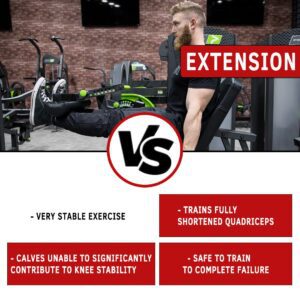
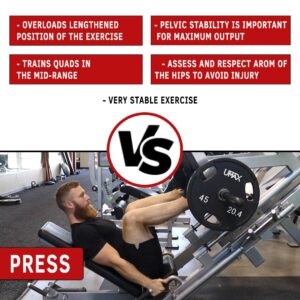
Resistance Profile
Leg Press
The exercise itself is overloaded in the lengthened position. However, it overloads the quads in a mid-range position because you do not reach full knee flexion. The glutes on the other hand (and adductors depending on how you set up and execute the movement) are overloaded in the lengthened position, which is something to consider when programming your workouts as we’ll touch on in a minute.
The leg press only loads the quads through a small range of motion. There is virtually no tension at the top since the joints are stacked and you won’t reach a fully lengthened quad in a leg press as you’ll either be limited by dorsiflexion (ankle mobility) and/or hip flexion before you get there.
Leg Extension
The resistance profile greatly depends on the machine. Specifically the shape of the cam. Ideally, if we have a leg extension that does not allow us to adjust the resistance profile like the Prime Fitness line, we would want this exercise to be most challenging at the top. The leg extension is the one exercise that allows us to load all the muscles of the quads in their shortened position.
The leg extension can load the quads through a bit greater range of motion than a leg press. While you may not reach full knee flexion here either, you have significant resistance through the majority of the range, especially in the short position that is neglected by almost every other quad exercise.
Stability & ROM
Leg Press
While both exercises are technically very stable, the main difference in stability as it relates to training the quads is the knee. In the leg press the calves can engage and contract against the foot plate. This allows the gastrocnemius calf muscle to stabilize the knee in a flexed position.
The primary concern for injury in the leg press is not respecting your active range of motion for hip flexion. You must stay within your AROM and not let your low back round or pelvis roll to avoid shifting tension to your spine rather than your quads and glutes.
Leg Extension
A major benefit to the Leg extension is that as long as you adhere to proper execution and setup, there is no risk of being pushed outside of an active range. It is much safer to take to absolute failure (or beyond) compared to a leg press because when you fail, you just can’t lift the load. In a leg press you risk being stuck (without a spotter) or perhaps being pushed outside of your AROM of hip flexion at the bottom, which puts your low back at risk for injury.
One of the main criticisms of the leg extension from some trainers and physical therapists is the lack of stability of the knee joint at the bottom of the movement. This is because the calf does not have anything to push against in order to create tension and stabilize the knee. While this is a valid point, it is not an excuse to demonize or avoid the leg extension altogether.
As mentioned above, a leg extension should not be overloaded at the bottom (with a few rare exceptions) so as long as the eccentric is controlled and you’re not attempting to bounce out of the bottom, the risk is negligible. Especially considering that you shouldn’t be going for a 1RM in a leg extension anyway. Most often we’re looking at 6+ reps in practical programming applications.
Programming Considerations
When considering exercise selection in programming, some of the primary factors are resistance profile, synergistic muscles, and neurological demand.
Leg Press
When programming the leg press a major consideration is that the glutes are going to get as much, in most cases more, volume of work than the quads will.
The glutes are also more likely to experience mechanical damage because they are both being trained in their lengthened position and being overloaded there. This needs to be accounted for in total glute volume of the workout and program as a whole.
The leg press also can be quite neurologically demanding due to the loads people can use and because it is a compound movement.
If you are doing a “Leg Day” exercise order becomes even more important if incorporating the leg press as it will tax the glutes significantly. RDLs, walking lunges, squats or any other exercise that requires the glutes either as a prime mover or stabilizer should probably be done before a leg press. A caveat to this (remember, there is always an “it depends” factor) could be if you were intentionally trying to pre-fatigue the glutes before an RDL or 45˚ hip extension to bias the hamstrings more in those exercises.
Leg Extension
With the leg extension, tension is isolated to the muscles of the quadriceps. So it can be easily paired with a wider variety of other exercises if you’re trying to avoid synergist overlap.
The ROM and resistance will be based towards the shortened position which reduces the likelihood of excessive mechanical damage when going to failure. That is not to say it cannot occur, but comparatively to an exercise that trains and overloads the lengthened position it will be much less. This is also one of the reasons why the leg extension is a favorite for metabolic work for body composition. Less mechanical damage = faster recovery = more frequent training is possible.
The leg extension is also much less neurologically demanding than a leg press at similar intensities and will typically be safer to take to a greater degree of failure/fatigue, especially if training by yourself.
There are a myriad of ways to implement the leg extension for almost any stimulus goal. Post-exhaust for metabolic work, incomplete rest method, incorporation into systemic training, or a number of other options. The more you learn about program design the more options you’ll be able to find while creating workouts and periodizing your training.

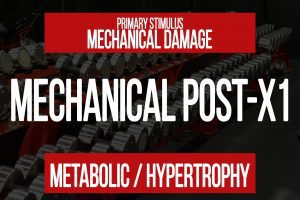
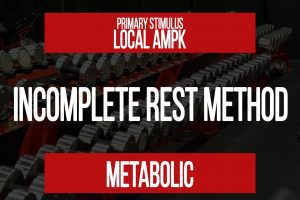

Have a Question on This Content?
Please Log In to Submit Your Question
Incline DB VS Cable Curl
articleAnatomy & Biomechanics Execution and Technique FREE Program Design Training
Popular Pages
Learn & Train With Us
Add N1 Training to your Homescreen!

Please log in to access the menu.
